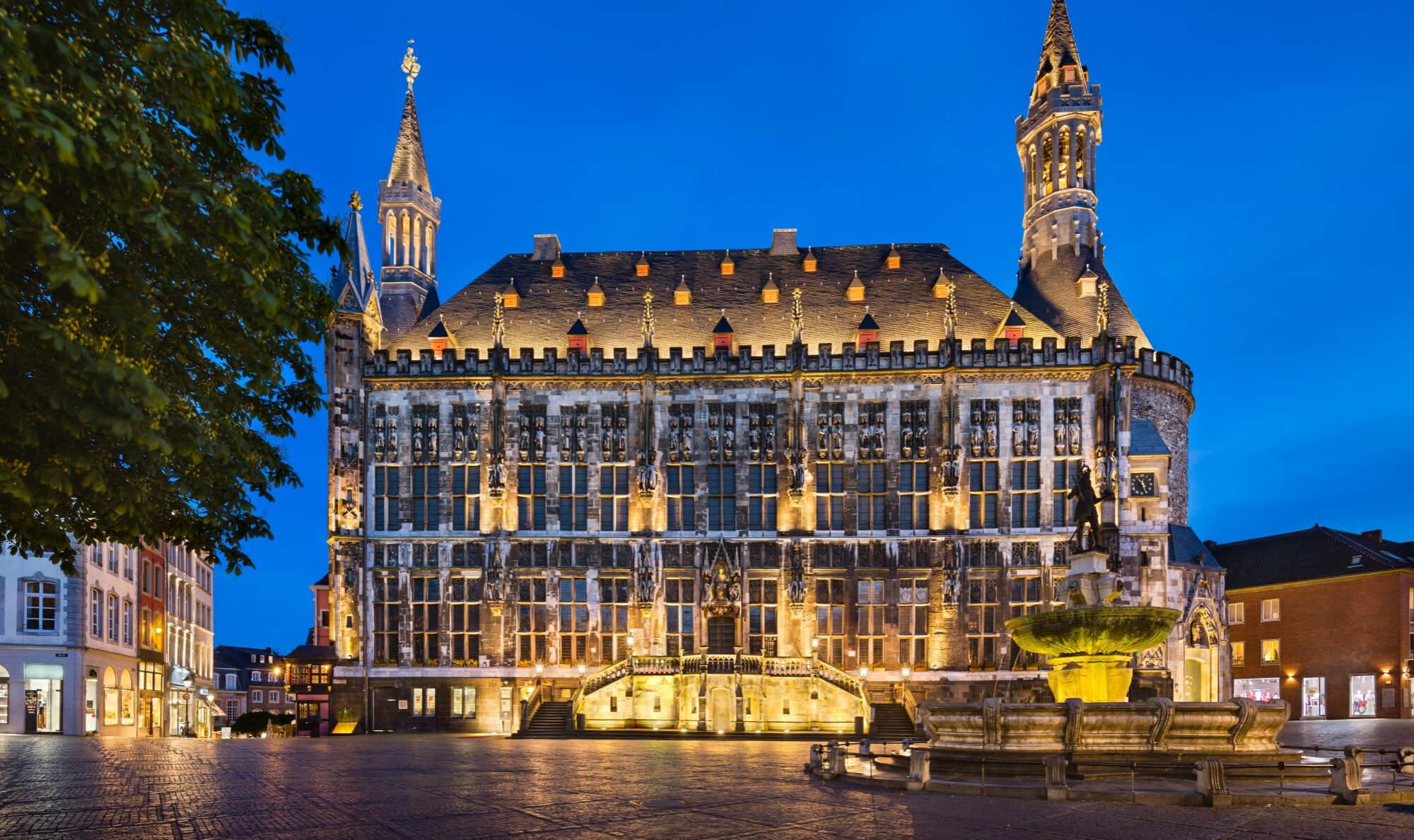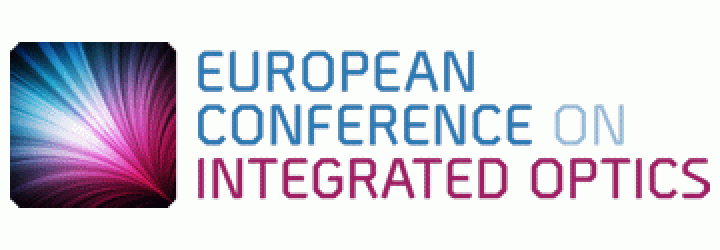Nanoparticles-based Liquid Crystals Integrated with Photonic Crystal Fibers
Tomasz R. WOLIŃSKI1*, Agata SIARKOWSKA1, Miłosz CHYCHŁOWSKI1 Bartłomiej JANKIEWICZ2,,Roman DĄBROWSKI2
1Faculty of Physics, Warsaw University of Technology, Warszawa, 00-662, Poland
2Military University of Technology, Warsaw, Poland
* wolinski@if.pw.edu.pl
Liquid crystals (LCs) are materials with an unceasing interest due to their unique properties as: electric field-induced director axis reorientation or a vast range of optical anisotropies. All these properties made LCs to be widely used in LC displays. However, these devices still need an improvement of their electro-optical response times, which are relatively slow compared to electroluminescent devices. Recently, there has been a growing interest in dispersing nanoparticles (NPs) in LCs. Metal NPs can adopt a vast number of structural geometries with an electronic structure. Even a small amount of metallic NPs (gold or silver) should be sufficient to influence both the dielectric anisotropy as well threshold voltage of LCs [1].
Multimodal Photonic Crystal Biosensors
Thomas F. KRAUSS*, Graham J. TRIGGS, Yue WANG, Chris P. REARDON, Jose Juan COLAS, Steven D. JOHNSON
1Department of Physics, University of York, YO10 5DD, UK
* thomas.krauss@york.ac.uk
Photonic Crystals are the culmination of many fascinating developments in Physics, such as Bragg mirrors, Bloch modes, and bandstructures. Their ability to control the flow of light has given rise to many applications, ranging from light emission to optical switching and light trapping in photovoltaics [1]. Here, we discuss a novel sensing & imaging architecture, whereby the localised guided mode resonances of the photonic crystal can be considered the pixel of an image [2]. This combination adds an exciting new imaging modality to the biophotonics toolkit, which allows us to image both cells and the biomarkers they secret in real time. Thinking of each resonance as an imaging pixel also provides a very simple readout mechanism, where we have now demonstrated nanomolar sensitivities with a device that, in principle, can be made for £10 (Fig. 1) [3]. Furthermore, we note that silicon photonic biosensors do not tend to exploit silicon’s obvious ability to conduct electricity, and we demonstrate the first hybrid silicon photonic – electrochemical biosensor [4].
GVD control of low loss slot photonic crystal waveguides for hybrid silicon photonics
Samuel Serna1,2,*, Weiwei Zhang1, Xavier Le Roux1, Laurent Vivien1, and Eric Cassan1
1Institut d’Electronique Fondamentale, University Paris-Sud, CNRS UMR 8622, Université Paris Saclay, Bat. 220, 91405 Orsay Cedex, France
2 Laboratoire Charles Fabry, Institut d’Optique Graduate School, CNRS, Université Paris Saclay, 2 Avenue Augustin Fresnel, 91127 Palaiseau Cedex, France
*samuel.serna@u-psud.fr
Abstract Photonic Crystal Waveguides are key components to study diverse phenomena in the linear and nonlinear regimes for integrated circuits and rise as a promising platform to host novel materials. Nevertheless, serious limitations are manifest when slow light is targeted, mainly the propagation losses [1,2]. Even though, photonic crystals are theoretically lossless, the practical implementation is limited by the fabrication accuracy, mainly during the lithographic and etching steps. Interesting studies have been performed in W1-like photonic crystals in order to engineer the losses for given group indices [2]. Further, slot waveguides are known to suffer from larger roughnessinduced scattering extrinsic losses than Si wires due to a higher electric field interaction regarding the continuity of the electrical displacement vectors. Then, slot photonic crystal waveguides (SPCW) enhance both sides: hollow core effect and slow light, the light-matter interaction with guest materials, such as polymers or doped compounds.

